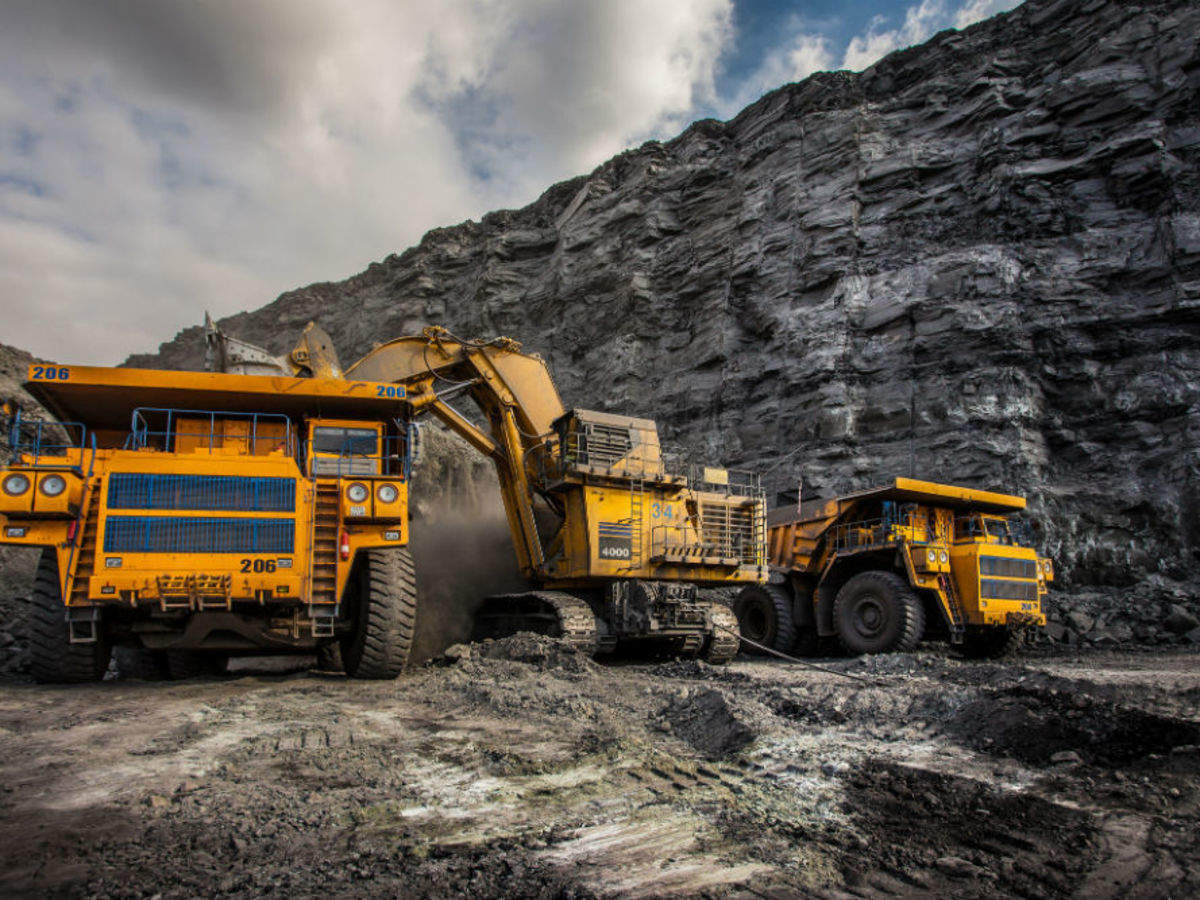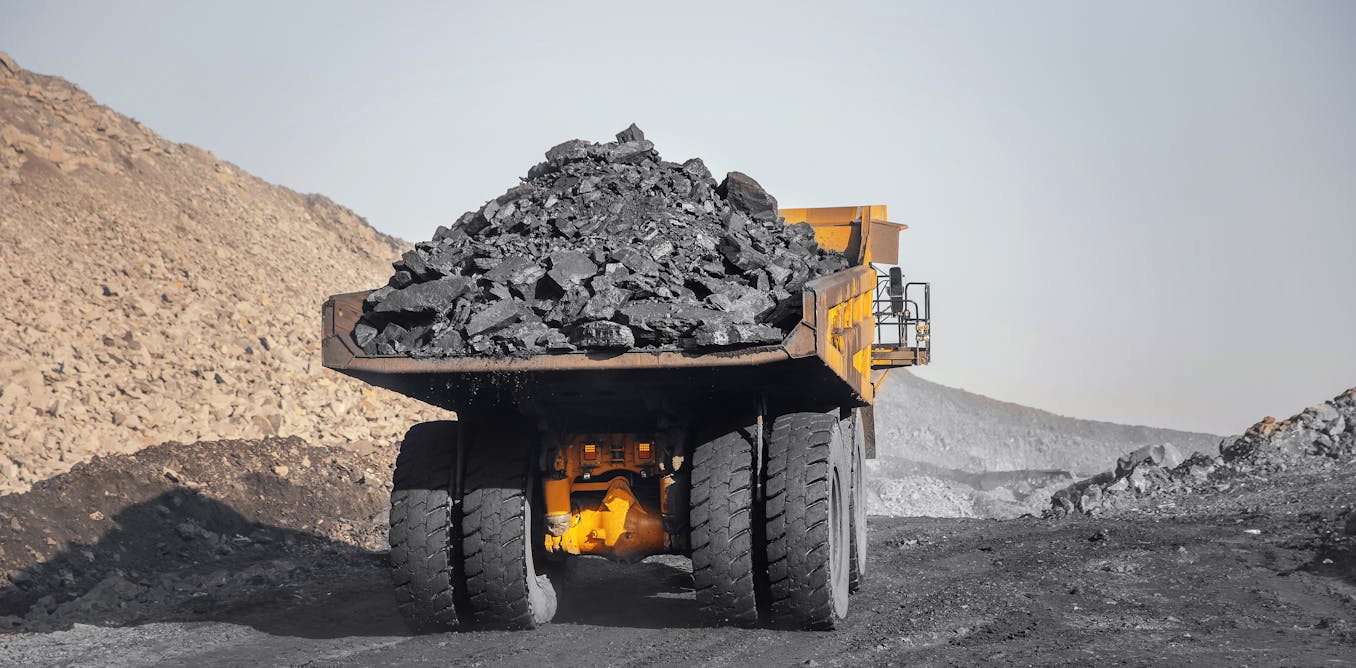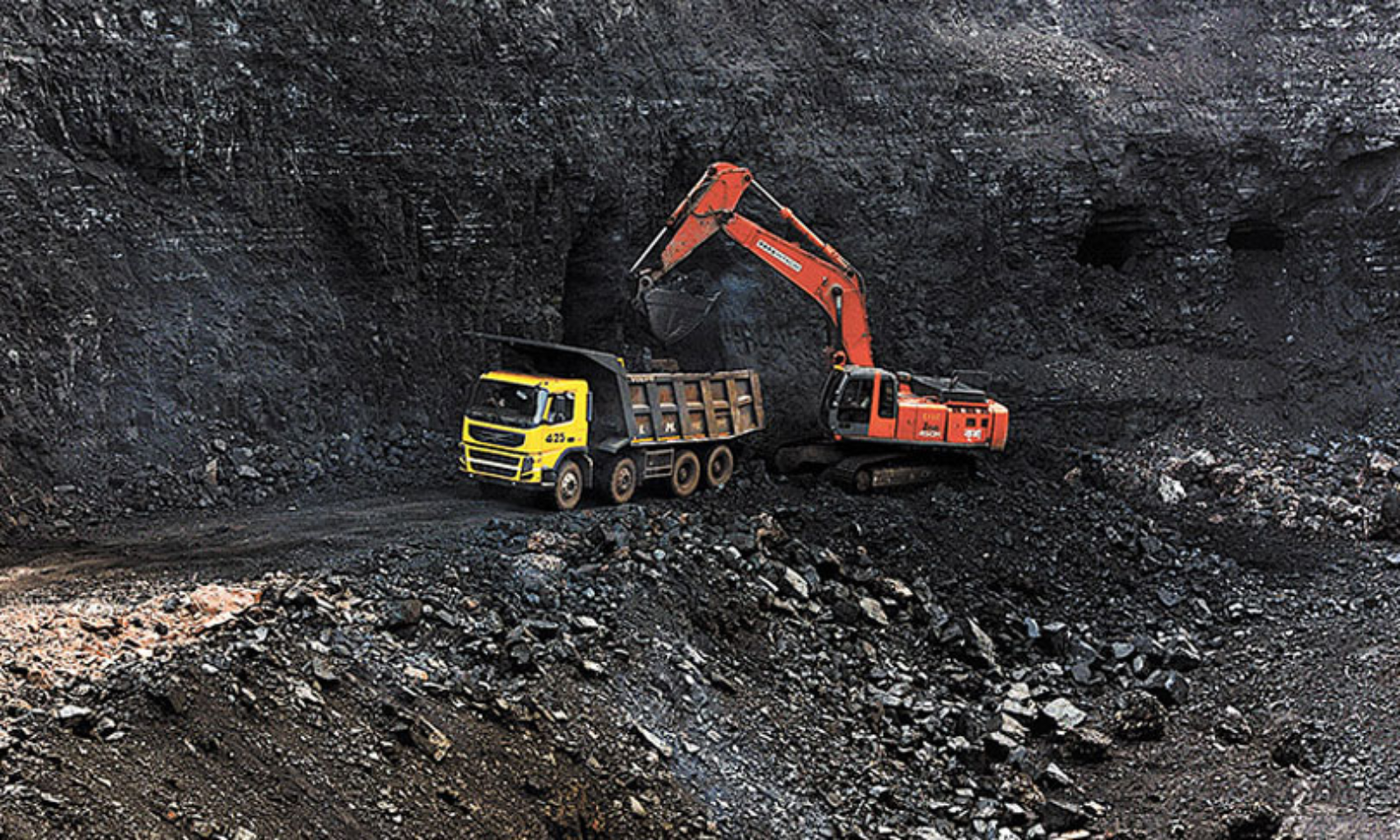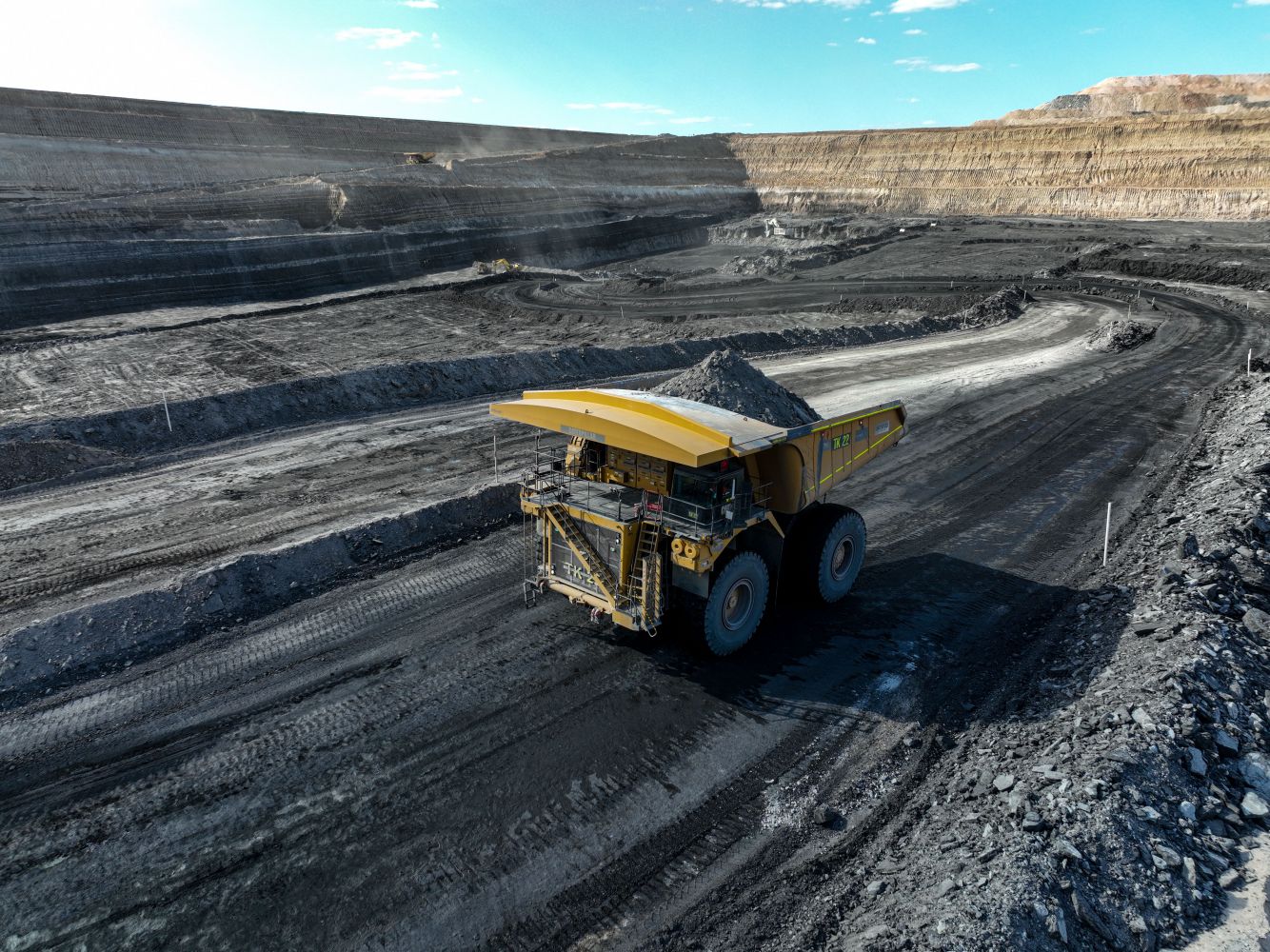India’s Coal Production Surges by 15.81% to 67.21 MT in September 2023
India, a key global player in coal production and consumption, has witnessed a significant surge in its coal output. As per recent data, India’s coal production in September 2023 stood at a staggering 67.21 million tonnes (MT), marking a 15.81% increase from the same month in the previous year.
Historically, coal has played an integral role in India’s energy matrix. With over 70% of the country’s electricity being generated from coal-based thermal power plants, ensuring an adequate supply of coal has always been a top priority for policymakers.

According to a statement from the Ministry of Coal, India’s total monthly coal output increased by 15.81% in September 2023 to reach 67.21 million tonnes (MT), outpacing the 58.04 MT produced in the same month the previous year.
In the meantime, Coal India Limited (CIL) saw an increase in output of 12.63%, from 45.67 MT in September 2022 to 51.44 MT in September 2023. In FY 2023–24, the total amount of coal produced (through to September 2023) increased by a whopping 428.25 MT, or 12.06 %, compared to the same time in FY 2022–23’s 382.16 MT.
Additionally, the ministry reported that coal dispatch increased significantly in September 2023, hitting 70.33 MT, a major increase over the 61.10 MT recorded in September 2022 and a growth rate of 15.12%.
“At the same time, Coal India Limited (CIL) dispatch demonstrated outstanding performance, reaching 55.06 MT in September 2023, compared to 48.91 MT in September 2022, representing a growth of 12.57%,” the statement read. With a rise of 10.96%, the cumulative coal dispatch (up to September 2023) has significantly increased to 462.32 MT in FY 2023–24 from 416.64 MT during the same time in FY 2022–23.

The coal industry has experienced an upsurge like none before, with production, dispatch, and stock levels reaching astounding heights. “This growth is credited to the unwavering commitment of Coal PSUs, which has played a crucial role in propelling this exceptional progress,” the statement reads. This proves how effective the system is for distributing coal around the country, according to the ministry.
Over the past few years, there has been a heightened emphasis on bolstering the coal handling and transportation infrastructure. The establishment of new railway lines and the optimization of existing ones has resulted in faster transportation and minimized bottlenecks.
Several underperforming coal mines underwent technological upgrades and process optimizations. This increased the output potential of these mines, directly contributing to the surge in production.
The government has steadily eased regulations surrounding coal mining, allowing increased participation from the private sector. As a result, the coal sector has witnessed heightened competitiveness and efficiency.

Many coal mines, especially in states like Jharkhand and Chhattisgarh, faced local disputes and land acquisition challenges. Through proactive dialogue and conflict resolution, these hurdles were gradually overcome, leading to a smoother production process.
Anticipating global market volatilities and potential supply chain disruptions, strategic stockpiling was encouraged. This foresight ensured that coal production was ramped up when global prices were favorable.
The surge in coal production could translate into increased revenues for both the government and the private sector, thereby bolstering the economy.
By ramping up domestic coal production, India can reduce its dependence on coal imports, thereby ensuring energy security.
The coal sector is a significant employer in India. The uptick in coal production could lead to job creation in mining, transportation, and ancillary industries.

While increased coal production has its economic advantages, environmentalists voice concerns about the potential rise in carbon emissions. India’s commitment to global climate change pacts will necessitate the adoption of cleaner coal technologies and a gradual transition to renewable sources of energy.
India’s emphasis on coal does not undermine its commitment to renewable energy. The country has been steadily investing in solar, wind, and other renewable energy sources to diversify its energy matrix. The push for coal is seen as a short-to-mid-term strategy to ensure energy security and cater to the growing energy demands of the nation.
In the long run, the integration of clean coal technologies, carbon capture, and storage, along with a parallel growth in renewables, is expected to drive India’s energy future.

The 15.81% increase in coal production is a testament to India’s proactive strategies to boost its domestic energy resources. However, balancing economic growth with environmental responsibilities will be the key challenge for policymakers in the coming years.



